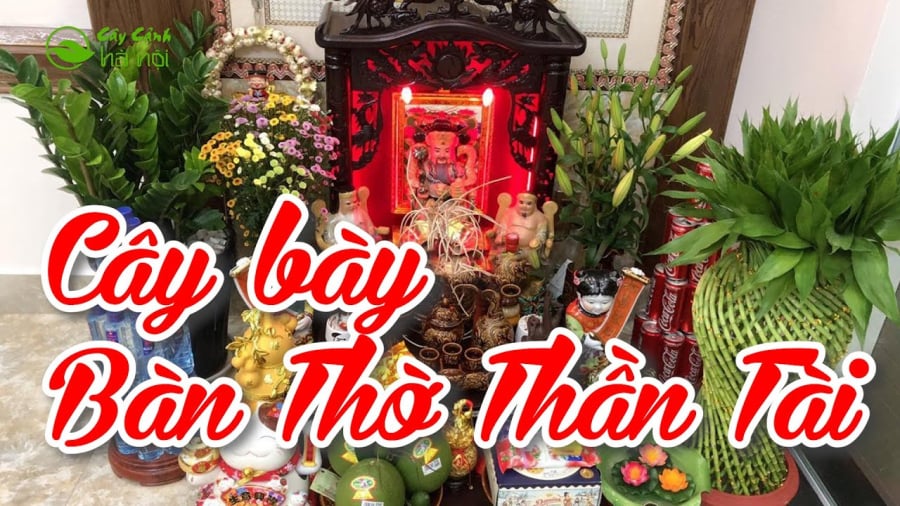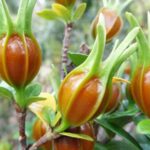Money Tree
Feng shui experts recommend placing a money tree on your altar for good fortune. The Money Tree, or ‘Van Loc’ in Vietnamese, is believed to attract wealth and prosperity to its owners, bringing success in business ventures. The tree features vibrant colors such as red, pink, and green, with thick, glossy leaves that grow upright and a round canopy. Its eye-catching appearance makes it a popular choice for homeowners who wish to invite prosperity into their homes.

Attract Good Fortune with Feng Shui Plants
Emperor Tree
The Emperor Tree, similar to the Money Tree, symbolizes good luck and is considered a perfect houseplant due to its shiny, attractive appearance. As its name suggests, it represents strength and power, and when placed on an altar, it signifies a wish for wealth and abundance. Additionally, it is believed to bring good fortune to those seeking fame and career advancement.
Lucky Tree
The Lucky Tree, also known as the ‘Phu Quy’, is a popular houseplant with its beautiful green and pink-red hues. It is also an effective air purifier, creating a healthier home environment. In feng shui, placing the Lucky Tree on an altar is believed to cleanse negative energy, bringing good luck, and symbolizing wealth and prosperity to the household.

Attract Good Fortune with Lucky Houseplants
Wealthy Tree
The Wealthy Tree, or ‘Phat Tai’, is known for bringing financial luck in feng shui. Homeowners should plant the Wealthy Tree facing east or southeast, as these directions are associated with wood and provide optimal sunlight for the tree’s growth. However, it is important to thin out the leaves to maintain good health. Feng shui practitioners believe that placing this tree on an altar invites prosperity for all family members.
Information provided is for reference only and should not be solely relied upon.
The Ancient Superstition: Unraveling the Fear of Windows by Our Forefathers.
The window is an essential feature of any home, but its placement was a careful consideration for our ancestors. Superstition dictated that an incorrectly placed window could bring about misfortune. This belief highlights the importance of understanding the impact of natural lighting and airflow, as well as the cultural and spiritual significance attached to this humble architectural feature.














